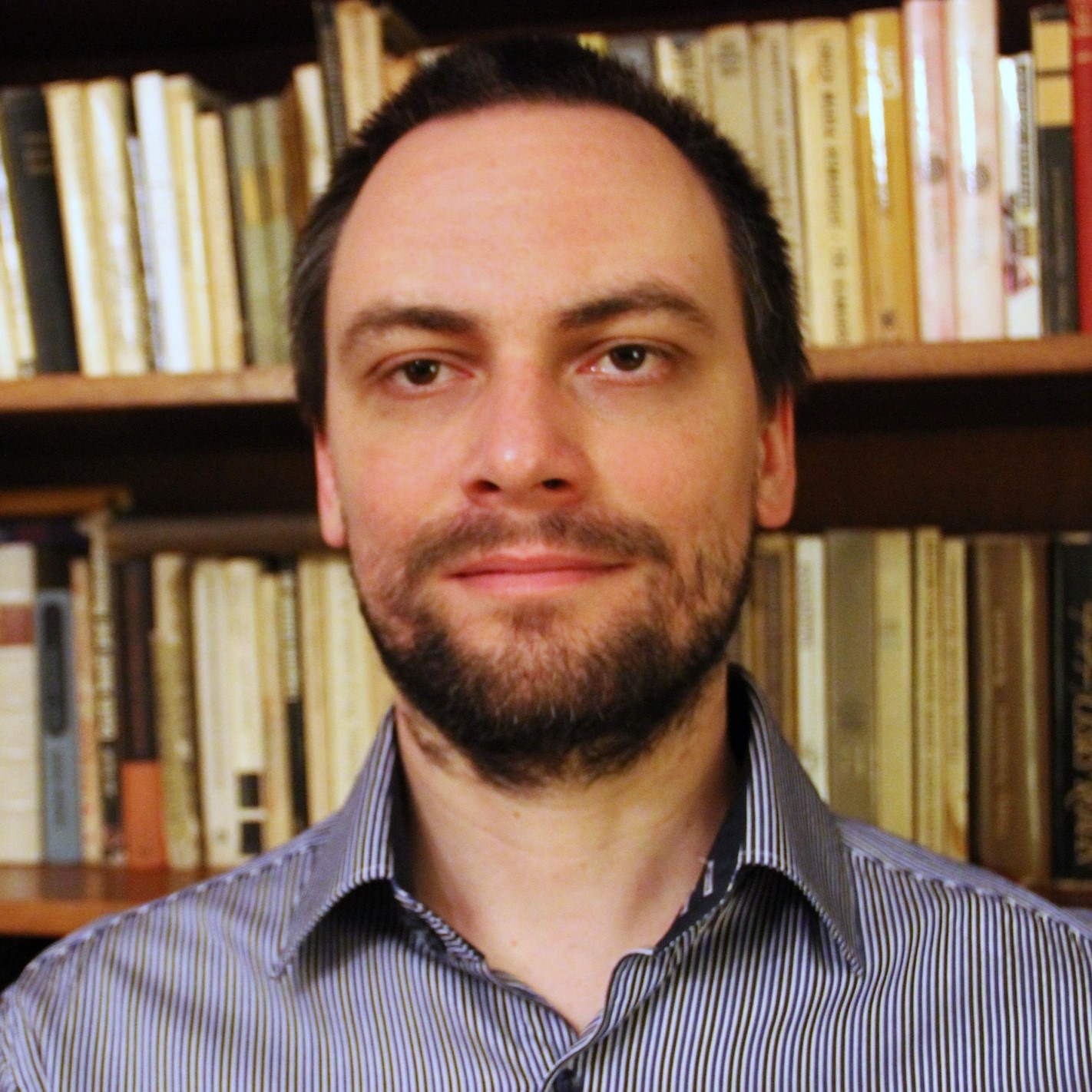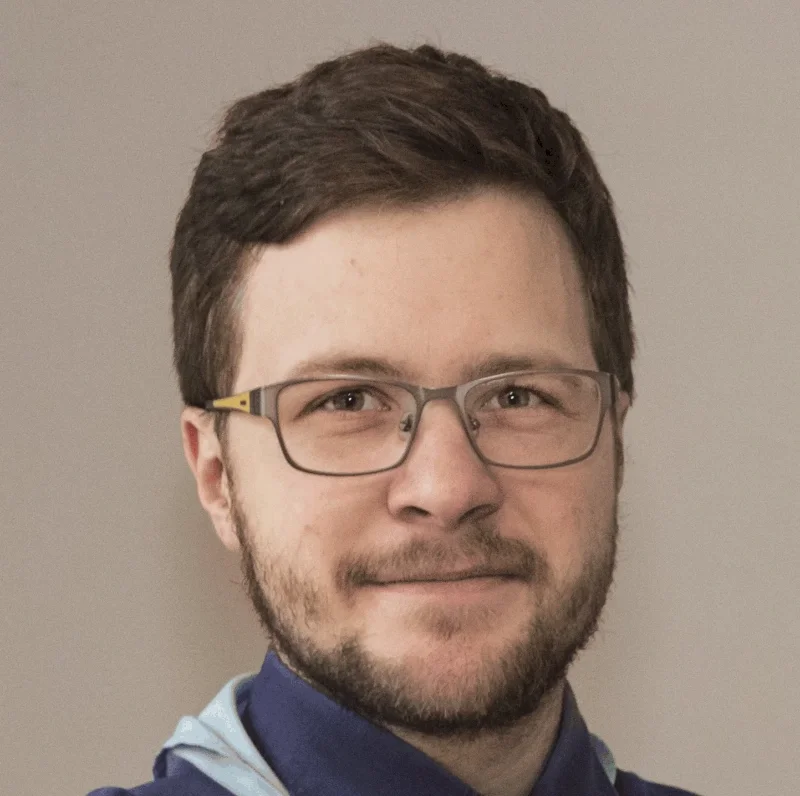Clinical Electrophysiology
Clinical electrophysiology group is engaged in the research, development, and application of new advanced methods for digital processing of brain signals (EEG, high-density EEG and stereo-EEG). These methods facilitate earlier diagnostics of focal intractable epilepsy, aid precise epilepsy surgery planning, and minimisation of post-surgery deficits. Close cooperation between clinicians, researchers, and engineers enables transfering of the theoretical knowledge and experiences into novel diagnostic approaches. The advent of new technologies has led to an exponential growth in the amount of diagnostic information available on individual patients. This has necessitated the development of computational tools to associate this information with the underlying illness.
Our research primarily focuses on long-term intracranial EEG recordings, which allow us to identify abnormal epileptic activity, map functional brain connectivity and identify the pathways through which seizures spread. These features determine the epileptogenic lesions, which can be removed by neurosurgery to achieve seizure-free outcomes. Prior to surgery, all EEG results must be linked with the brain neuroimaging. Our assistance during the neurosurgery planning as well as the intraoperative monitoring result in more precise and targeted surgeries with a substantial reduction of the risk of postoperative deficits.
Our group aims to develop methods that allow earlier diagnosis and targeted treatment of the most severe forms of epilepsy, while improving the precision of neurosurgery treatment, reducing postoperative deficits. We provide advanced technological support for clinicians to the benefit of each patient.

Radek Janca, MSc, PhD
Team Leader

Prof. Pavel Krsek, MD, PhD
Physician

David Krysl, MD, PhD
Physician

Adam Kalina, MD
Physician

Matyáš Ebel, MD
PhD student, physician

Petr Jezdik, MSc, PhD
Researcher

Anezka Belohlavkova, MD, PhD
Post-doctoral fellow, physician

Katerina Mackova, MSc
PhD student, researcher

Jakub Vybulka, MSc
PhD student
Research areas
Identification of epileptogenic zones
Janca, Radek, et al. “Ictal gamma-band interactions localize ictogenic nodes of the epileptic network in focal cortical dysplasia.” Clinical Neurophysiology 132.8 (2021): 1927-1936.
Chang, Wei-Chih, et al. “Loss of neuronal network resilience precedes seizures and determines the ictogenic nature of interictal synaptic perturbations.” Nature neuroscience 21.12 (2018): 1742-1752.
Janca, Radek, et al. “The sub-regional functional organization of neocortical irritative epileptic networks in pediatric epilepsy.” Frontiers in Neurology 9 (2018): 184.
Janca, Radek, et al. “Detection of interictal epileptiform discharges using signal envelope distribution modelling: application to epileptic and non-epileptic intracranial recordings.” Brain topography 28 (2015): 172-183.
Epilepsy surgery and neurostimulation
Lesko, Robert, et al. “The clinical utility of intraoperative electrocorticography in pediatric epilepsy surgical strategy and planning.” Journal of Neurosurgery: Pediatrics 26.5 (2020): 533-542.
Belohlavkova, Anezka, et al. “Evolution of pediatric epilepsy surgery program over 2000–2017: improvement of care?.” European Journal of Paediatric Neurology 23.3 (2019): 456-465.
Jahodová, Alena, et al. “A novel effective paradigm of intraoperative electrical stimulation mapping in children.” Journal of Neurosurgery: Pediatrics 26.2 (2020): 150-156.
Sladky, Vladimir, et al. “Distributed brain co-processor for tracking spikes, seizures and behaviour during electrical brain stimulation.” Brain Communications 4.3 (2022): fcac115.
Janca, R., et al. “Intraoperative thermography of the electrical stimulation mapping: A safety control study.” IEEE Transactions on Neural Systems and Rehabilitation Engineering 26.11 (2018): 2126-2133.
Vrba, Jan, et al. “Novel paradigm of subdural cortical stimulation does not cause thermal damage in brain tissue: A simulation-based study.” IEEE Transactions on Neural Systems and Rehabilitation Engineering 29 (2020): 230-238.
Vrba, J., et al. “Modeling of brain tissue heating caused by direct cortical stimulation for assessing the risk of thermal damage.” IEEE Transactions on Neural Systems and Rehabilitation Engineering 27.3 (2019): 440-449.
Janca, Radek, et al. “Automated identification of stereoelectroencephalography contacts and measurement of factors influencing accuracy of frame stereotaxy.” IEEE Journal of Biomedical and Health Informatics 27.7 (2023): 3326-3336.
Dallmer-Zerbe, Isa, et al. “Computational modeling allows unsupervised classification of epileptic brain states across species.” Scientific Reports 13.1 (2023): 13436.
Study of cognitive functions (supporting the Cognitive Brain Research Group)
Vlcek, Kamil, et al. “Mapping the scene and object processing networks by intracranial EEG.” Frontiers in human neuroscience 14 (2020): 561399.
Kalina, Adam, et al. “Electrical source Imaging of somatosensory evoked potentials from intracranial EEG signals.” Brain Topography 36.6 (2023): 835-853.
Moraresku, Sofiia, et al. “Timing of allocentric and egocentric spatial processing in human intracranial EEG.” Brain Topography 36.6 (2023): 870-889.
Gunia, Anna, et al. “The brain dynamics of visuospatial perspective-taking captured by intracranial EEG.” NeuroImage 285 (2024): 120487.
Stratification of focal cortical dysplasia types
Janca, Radek, et al. “Distinct patterns of interictal intracranial EEG in focal cortical dysplasia type I and II.” Clinical Neurophysiology 151 (2023): 10-17.
Investigators
Radek Janča – Team Leader (Intracranial EEG, connectivity, zone localization, planning and neurosurgical assistance)
Petr Ježdík – (high-density EEG, statistics, data mining, data management)
Jakub Vybulka – PhD student (Intracranial EEG, connectivity)
Macková Kateřina – PhD student (image processing, FDG-PET)
Martin Kudr – pediatric neurologist (clinical evaluation, epilepsy surgery, functional neuroimaging)
David Krýsl – neurologist (clinical evaluation, epilepsy surgery, neuroimaging)
Adam Kalina – neurologist (clinical evaluation, epilepsy surgery, neuroimaging, cognitive research)
Matyáš Ebel – pediatric neurologist (clinical evaluation)
Anežka Bělohlávková – pediatric neurologist (clinical evaluation, epilepsy surgery)
Alena Jahodová – pediatric neurologist (clinical assessment, stimulation mapping, epilepsy surgery)
Petr Libý – pediatric neurosurgeon / epilepsy surgery
Robert Leško – neurosurgeon / epilepsy surgery
Petr Marusič – Head of the Department of Neurology, epileptologist
Pavel Kršek – Head of the Department of Paediatric Neurology, paediatric epileptologist
Selected publications
Janca R et al.
IEEE Journal of Biomedical and Health Informatics 2023
Janca R et al.
Distinct patterns of interictal intracranial EEG in focal cortical dysplasia type I and II
Clinical Neurophysiology 2023
Jahodova A et al.
A novel effective paradigm of intraoperative electrical stimulation mapping in children
Journal of Neurosurgery: Pediatrics PED 2022
Janca R et al.
Ictal gamma-band interactions localize ictogenic nodes of the epileptic network in focal cortical dysplasia
Clinical Neurophysiology 2021
Janca R et al.
The sub-regional functional organization of neocortical irritative epileptic networks in pediatric epilepsy
Frontiers in Neurology 2018
Belohlavkova A et al.
May intraoperative detection of stereotactically inserted intracerebral electrodes increase precision of resective epilepsy surgery?
Eur J Paediatr Neurol 2021
Current grant projects
NU21J-08-00081
Hippocampal involvement in neocortical epilepsy networks: Implications for surgical planning
2021-2024
Radek Janča
NU23-08-00528
Automatic detection and objective parametrization of hypometabolism in PET brain imaging
2023-2026
Radek Janča
Keywords
EEG, stereo-EEG, epilepsy surgery, epileptogenic zone, computational analysis